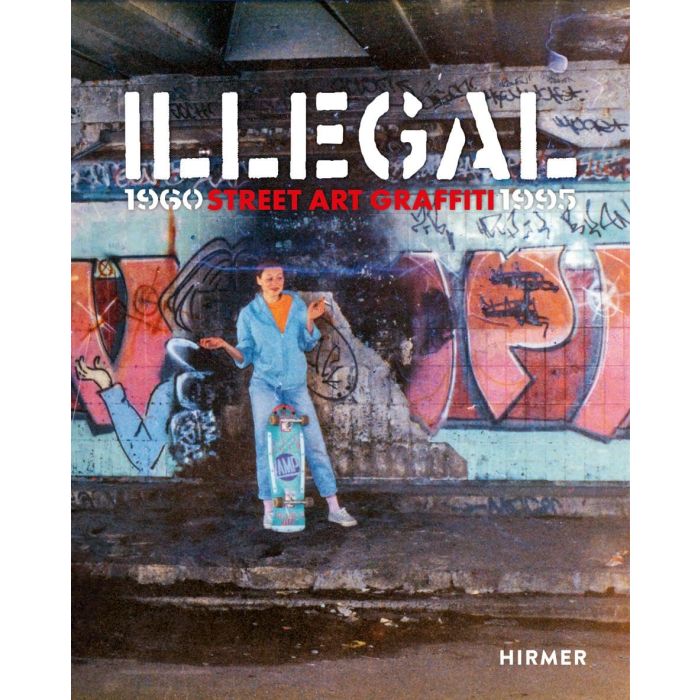My Cart
Your cart is empty
Looks like you haven't made your choice yet.
- Subtotal
Illegal

Street Art Graffiti 1960–1995
- Hirmer
- Expo: 18/05/2024 - 23/02/2025, Historischen Museums Saar, Saarbrücken
- by Ulrich Blanché
More Information
| Publisher | Hirmer |
|---|---|
| ISBN | 9783777443591 |
| Author(s) | Ulrich Blanché |
| Publication date | August 2024 |
| Edition | Paperback with flaps |
| Dimensions | 300 x 240 mm |
| Illustrations | 100 col.ill. |
| Pages | 300 |
| Language(s) | Eng/ Germ. edition |
| Exhibition | Historischen Museums Saar, Saarbrücken |
Description
Wild, free and ephemeral – from the 1960s and Brassaï, who transformed graffiti into art, via the Sprayer of Zurich in the 1970s to the appearance of the first works by Banksy in England. We study the illegal roots of the art form with over 120 vandals from more than a dozen countries and trace its journey until just before the dawn of the new millennium.
Where do the origins of street art and graffiti lie? In the far-flung region between Paris, Düsseldorf and Zurich the main developments of the history of European graffiti took place not in the gallery but outdoors for the general public. Who were the pioneers of street art and concept artists who left their signatures in the rue Visconti in Paris between 1962 and 1986? And who was Rimbaud, the queer revolutionary 19th-century poet, to whom countless street artists referred? What are the links between pop music, graffiti photos and records? Find out how the story of graffiti began.

Illegal
